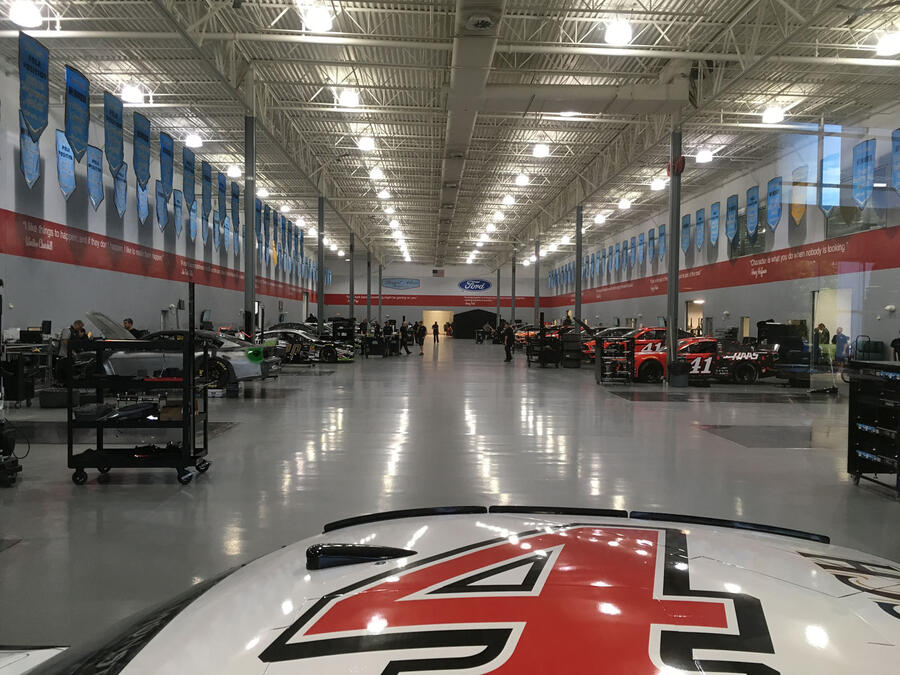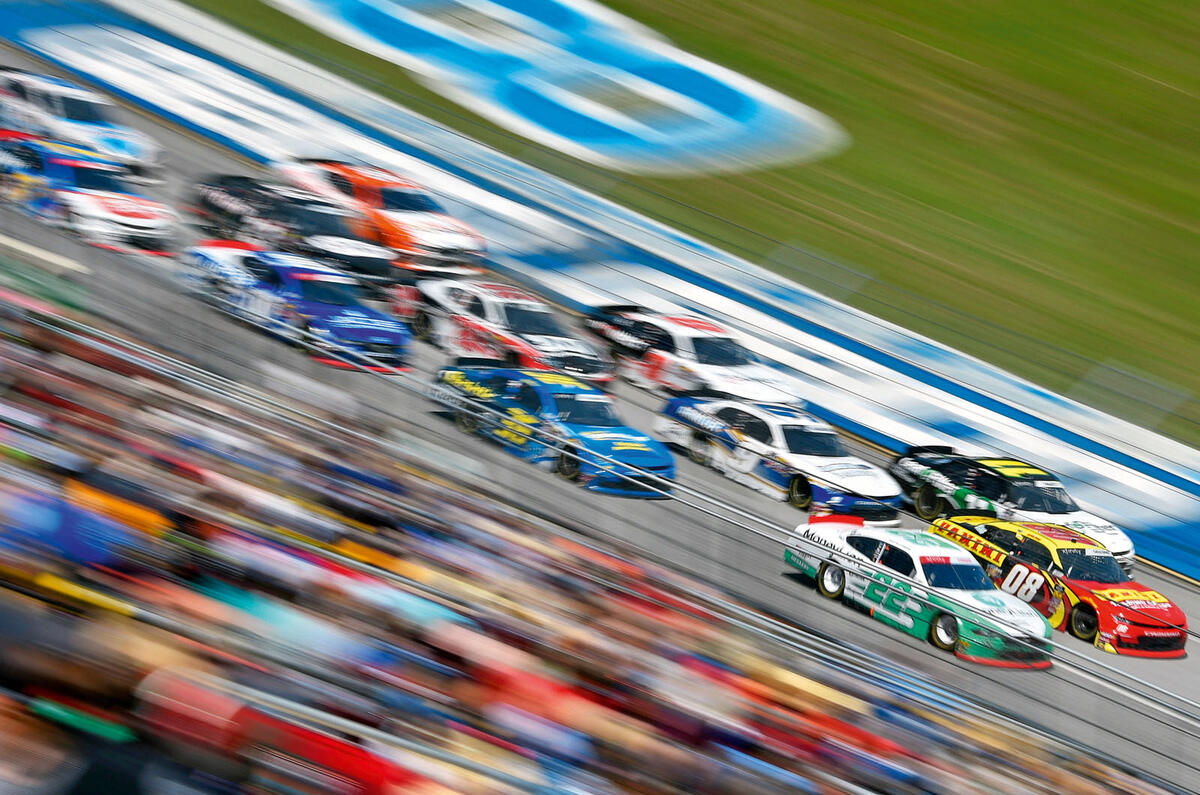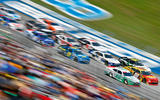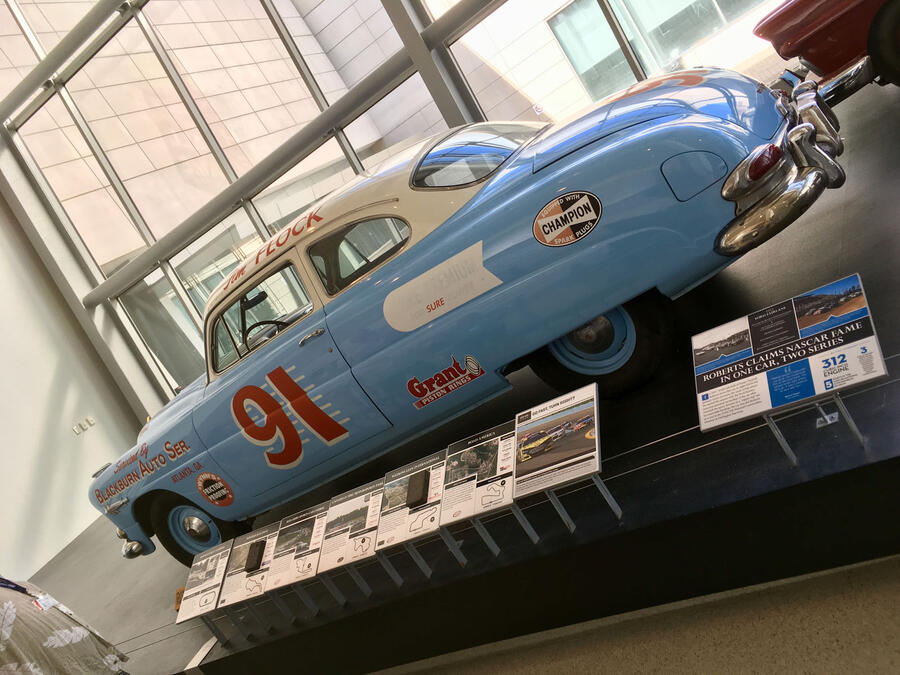I’d like to pretend I’m an expert, but the truth is most of what I know about Nascar, America’s stock car series, I learned from Talladega Nights: The Ballad of Ricky Bobby. I know it’s not exactly a documentary. But get a heavy chassis, slap on some bodywork and a big motor and away you go. Right?
Obviously, no. But not even as close as I thought. This week I stopped by Stewart-Haas Racing, a Nascar team that runs six drivers, which doesn’t sound like many, but this is America and the numbers are vast.
Different track lengths and banking mean there are different kinds of chassis. Each driver will have 16 cars or more to their name. While a driver is racing one car, a truck is headed to them to deliver another for the next race and take the current one away. After each race, a car is torn to its constituent parts before being rebuilt; Stewart-Haas builds 225 cars a year.
The factory, then, measures 18,000 square metres and employs 375 people. Forget Ricky Bobby, it’s more like The Matrix: “There are endless fields where humans are no longer born, we are grown.” And yet Stewart-Haas says it’s one of the smaller Nascar outfits.

And crude? By some standards, these live-axled, small-braked, four-on-the-floor V8 racers sponsored by Smithfield ‘Racin’ For Bacon’ Foods might seem it. But they’re so tightly regulated that aero is everything.



















Add your comment